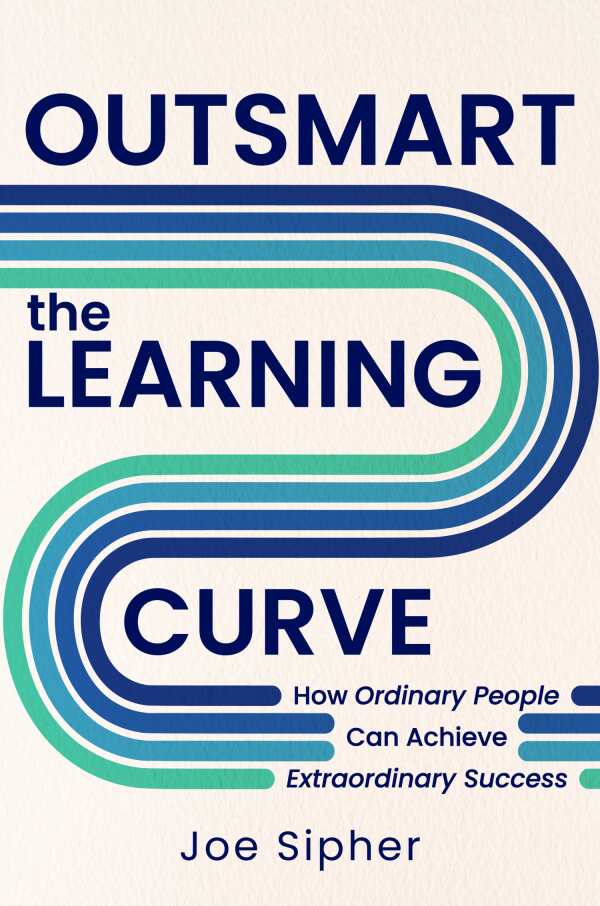Outsmart the Learning Curve
How Ordinary People Can Achieve Extraordinary Success
Using varied stories to lead by example, the self-help book Outsmart the Learning Curve guides ordinary people toward extraordinary lives.
Joe Sipher’s self-development guide Outsmart the Learning Curve explores how ordinary people can overcome adversity and transform their lives.
For those hoping to “overcome incredible obstacles” and “make life transformations,” the book combines scientific research with profiles of seven “regular” people who changed their lives in significant ways. Among them are Isabel, a marketing manager who found a passion for aerospace engineering and changed careers at thirty-six; Chase, a young quadriplegic man whose positivity and self-deception yielded a miraculous recovery; and Martha, a former undocumented immigrant who found success as a Fortune 500 manager, author, and motivational speaker. The book argues that the “journeys of [its subjects] demonstrate that, with the right mindset, strategies, and perseverance, we all have the ability to achieve remarkable things.” Across five chapters devoted to concepts including openness, confidence, and resilience, the book suggests applying the subjects’ techniques to achieving their own goals.
Balancing its narrative and research elements well, the book weaves anecdotes, examples, and academic notes into its suggested methodologies. This balance is intentional: “You really need a little of both to understand the whole story.” Indeed, the book only slumps during the rare occasions it fails to strike this balance, such as during the chapter on confidence, which includes a lengthy stretch of research before returning to narration.
The people profiled in the book are diverse and charismatic; their life stories pair well with the actionable advice proffered throughout. For example, reluctant artist Helen quips in an interview that there should be a Venn diagram pinpointing the intersection of what one loves, what makes money, and what other people find valuable. The book names the concept Helen’s Venn Diagram of Purpose, comparing it to the similar ikigai model of Japanese philosophy, and goes on to explore what contemporary research has to say on the topic of finding one’s purpose. And even though the research results could be boiled down to platitudes like “Make your own luck” and “Be confident,” the book digs beyond these surface recommendations, as where it recommends that people make their own luck by taking advantage of opportunities, networking better, and taking steps to seem more “likeable.” The book goes so far as to discuss what body language and conversation starters someone might use to achieve these ends. The book’s concluding plea for online reviews under the guise of “paying it forward” strikes a discordant note of self-promotion, though, undermining the messages that precede it with its marketing efforts.
Inspiring and actionable, Outsmart the Learning Curve is an exceptional self-help book designed to guide all people toward outstanding lives.
Reviewed by
Hannah Pearson
Disclosure: This article is not an endorsement, but a review. The publisher of this book provided free copies of the book and paid a small fee to have their book reviewed by a professional reviewer. Foreword Reviews and Clarion Reviews make no guarantee that the publisher will receive a positive review. Foreword Magazine, Inc. is disclosing this in accordance with the Federal Trade Commission’s 16 CFR, Part 255.

